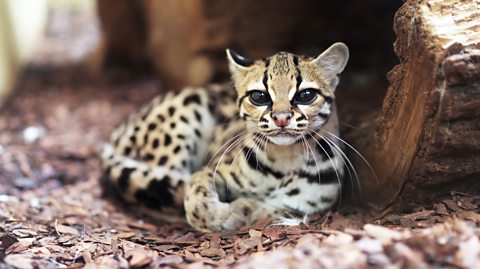Is it bedtime yet?
Sleep is an essential function of life for most creatures big and small. From a blue whale to a pet hamster, the sleeping patterns of the animal kingdom can be just as diverse as the species themselves.
While humans may be accustomed to a certain number of snoozing hours, other species have different ideas about what constitutes a good night’s (or day’s!) sleep. В鶹ԼЕД Bitesize takes a look at the surprising ways four different animals get their shut-eye.
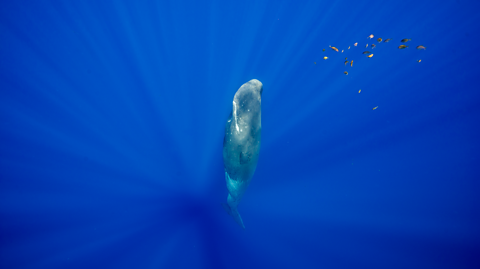
Sperm whales - the vertical sleepers
How does one of the largest animals in the world sleep, you may wonder? Despite making its way through the sea in a horizontal position, sperm whales catch 40 winks by gathering together, often in groups, and arranging themselves vertically in the water.
Researchers from the University of Tokyo and the University of St Andrews collected data on inactivity in a sample of 59 sperm whales. The researchers discovered that they spent around 7% of their day in a vertical sleeping position - making them one of the world’s least sleep-dependent animals.
Resting motionless near the surface of the water, they drift upright for around ten to 15 minutes at a time with their heads down and tails up. During this power napping period it was found that they didn’t move or breathe at all!
Scientists suggest that the reason for their vertical snoozing could lie in one of many factors, including energy conservation, oxygen supply and safety from predators.
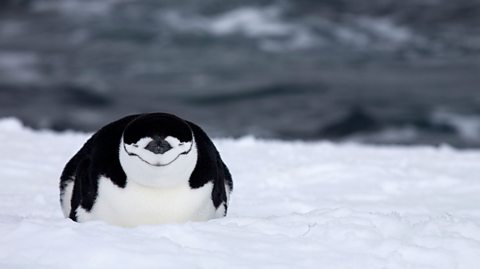
Chinstrap penguins - the ultimate nappers?
In 2023, scientists studying chinstrap penguins on King George Island in Antarctica made a snooze-tacular discovery. They found that the birds fall asleep more than 10,000 times a day - for around four seconds at a time.
While recording the bird's brain activity over several days, scientists found that their series of four-second micro-snoozing adds up to over 11 hours of napping each day.
This sleep cycle might sound like a nightmare to humans, but the flock studied were viewed to be healthy.
Researchers suggest that the chinstrap penguins' interrupted sleep pattern may allow the bird to stay alert and protect their nests, eggs and chicks from predators.
Another reason could be that they have adapted to environmental factors. Some scientists theorise that their sleeping habits could be the result of living in a loud and crowded group where sleep is often disrupted.
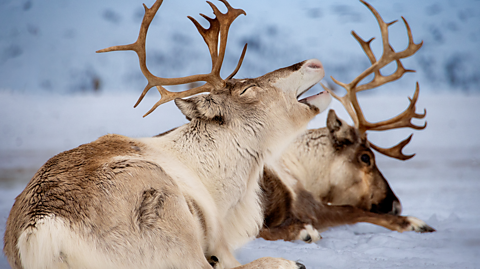
Reindeer - the snoozing multi-taskers
Some people may be tempted by a midnight snack, but reindeers have taken eating and snoozing to a whole new level. A study published in Current Biology in 2024, found that the Christmassy creatures can chew while they sleep.
By collecting data on the brain activity of four adult female deer in an indoor stable, scientists studied the reindeer across the winter, summer and autumn seasons.
Through the measurement of electrical activity, they found that when a reindeer An animal with more than one stomach that swallows food and then brings it back up again to continue chewing it., their brain patterns were similar to those of a light sleep.
They found that in the warmer months the reindeer were eating constantly to prepare for the harsh weather and low food supplies of colder months. This is unlike other animals, who hibernate or enter a period of inactivity during winter.
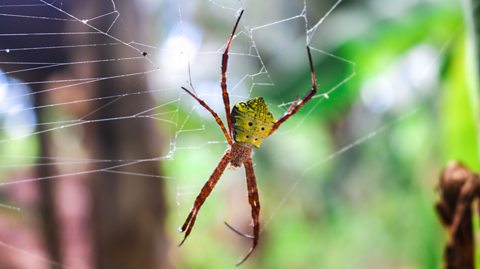
Orb-weaving spiders - body clock who?
Spiders and insects also need to rest. Unlike humans, who typically go to sleep at around the same time each night, some species of orb-weaving spiders live by entirely different rules.
Every known studied organism on earth, from humans to fruit flies, have been been shown to follow circadian rhythms - that is the 24-hour cycle that forms part of the body’s internal clock.
A research paper from 2016 found that certain species of orb-weaving spiders sleep and move in 18.5-hour cycles. This means the eight-legged creepy crawlies have the fastest biological clock ever studied.
When exposed to bursts of light after this period of time, the spiders would reset their clocks by six hours. For humans and other animals that would be the equivalent of experiencing a six-hour jet lag each day.
This discovery has baffled scientists across the world. In a presentation at the 2017 annual Society for Neuroscience, one of the researchers who led the study, Darrell Moore, told audiences, “Theoretically, [these spiders] should not exist.”
This article was published in September 2024
Looking for quizzes, amazing stories and fun facts?
Bitesize Topical has it all!

How did our ancestors get their sleep? A short history of sleeping
В鶹ԼЕД Bitesize takes a look at the evolution of sleeping from across the centuries.
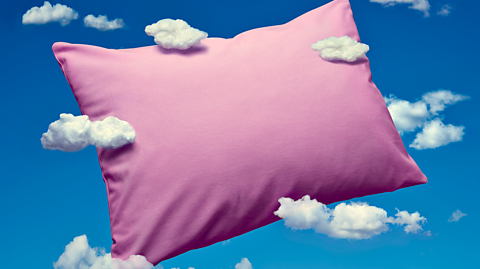
Can you wrap your head around these unbelievable wildlife facts?
From the cute, to the gross, to the downright surprising, В鶹ԼЕД Bitesize takes a look at four incredible wildlife facts.
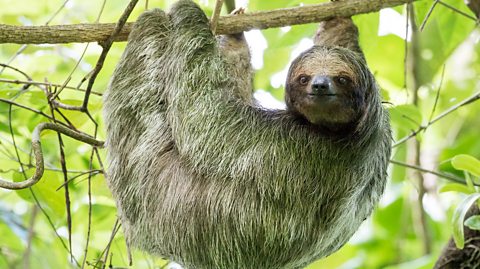
Six cute animals you've probably never heard of
Ever heard of the pika, the numbat and the margay?
